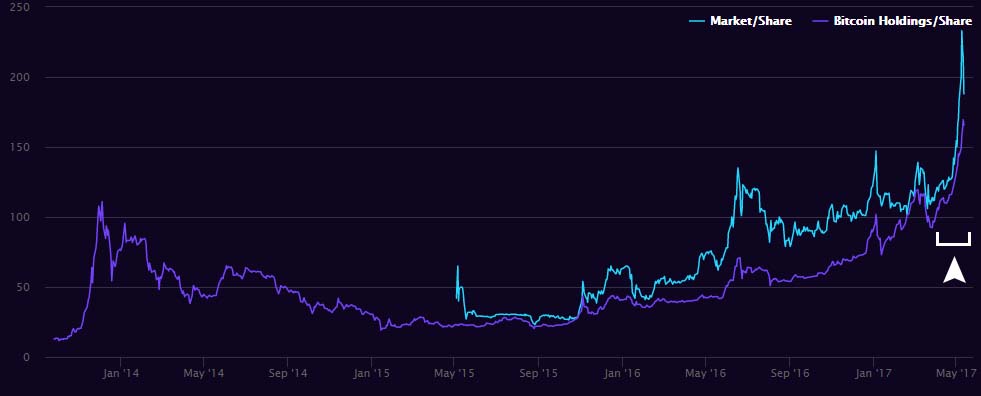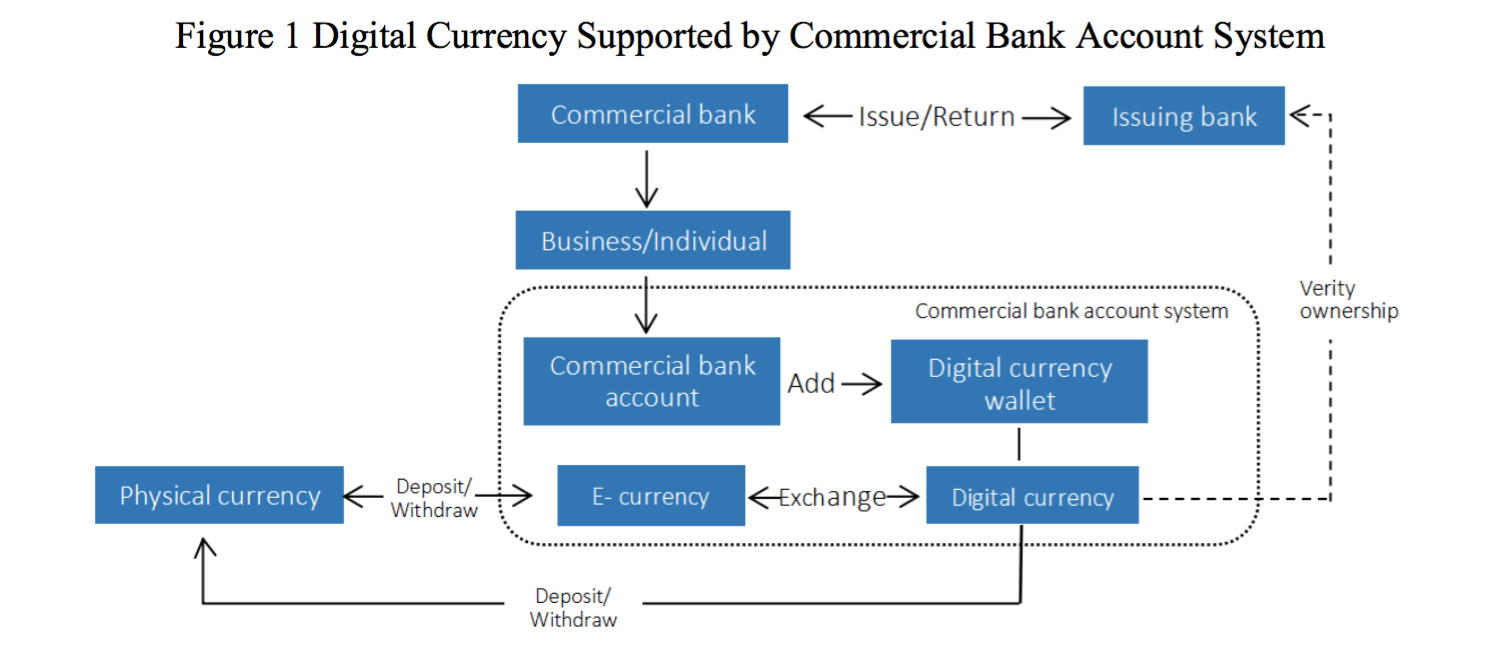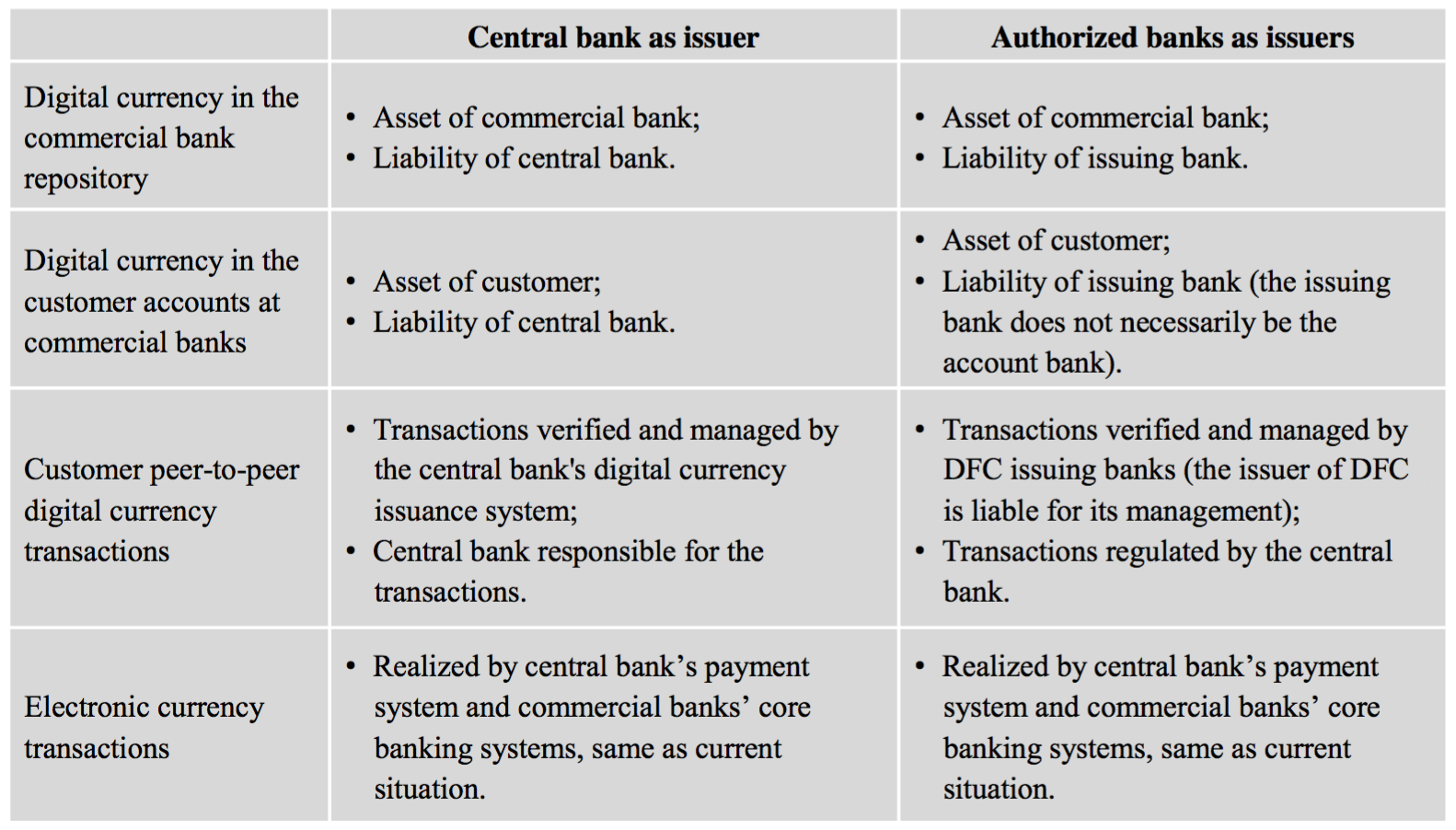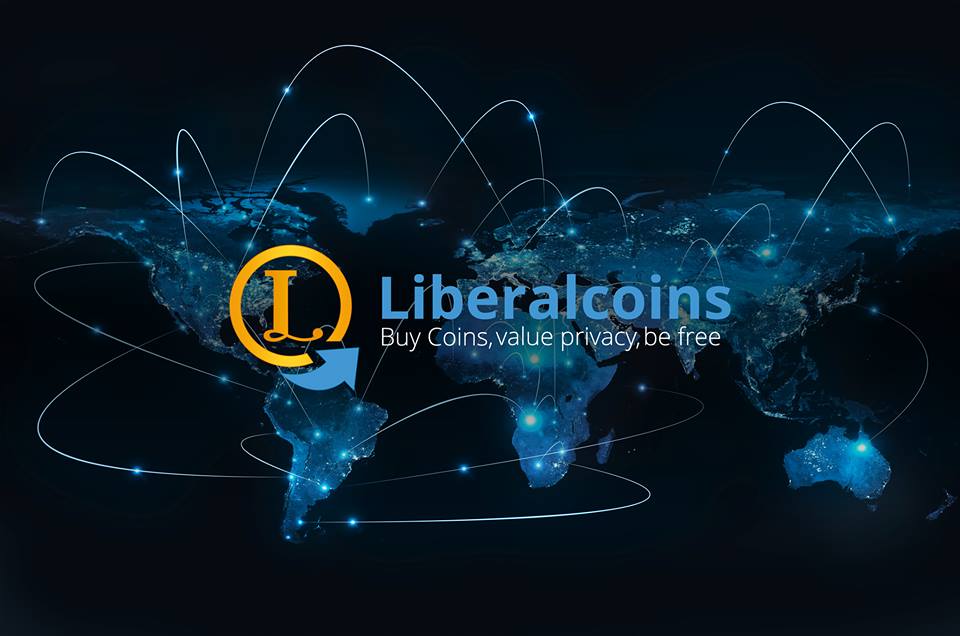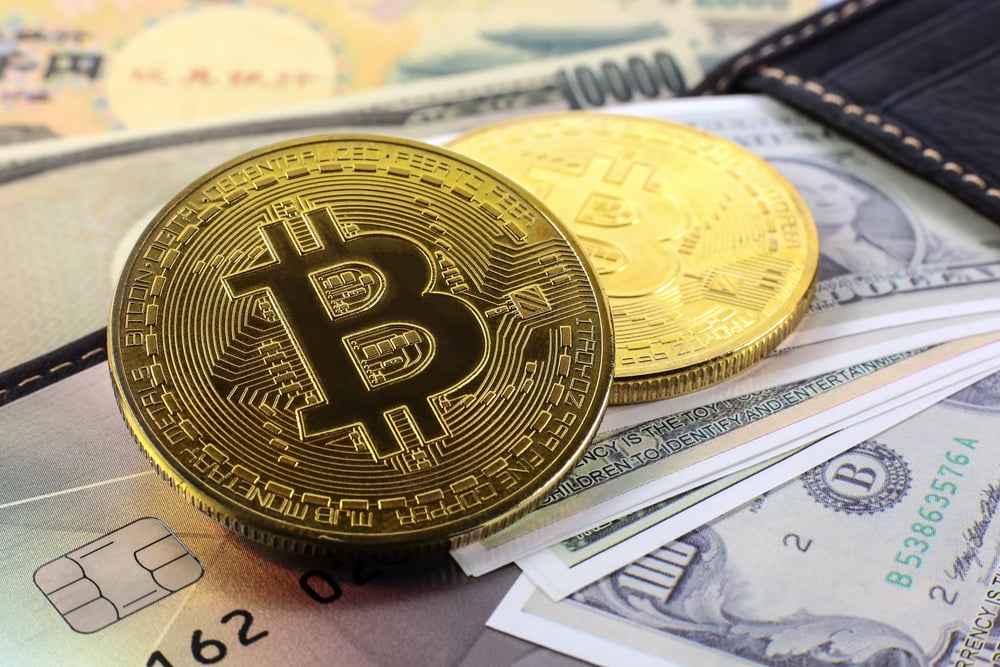Cryptocurrency –
Looking Ahead from May 2017
For cryptocurrency enthusiasts, developers and investors,
the first half of 2017 has been nothing but exciting. Very few people would have predicted the trends that we are now seeing today: a vibrant and rapidly growing altcoin market, massive all time highs for both Bitcoin and Ethereum and an initial coin offering (ICO) crowdfunding mechanism that is creating enormous investor hype. Among all of this noise are a number of very interesting developments. These developments could indicate what’s to come in the second half of 2017, and this article aims to summarize events so far and what may be to come. Whatever your role in the cryptocurrency space, this piece should serve as some inspiration as to where to look next.
Ripple — Bitcoin for Banks
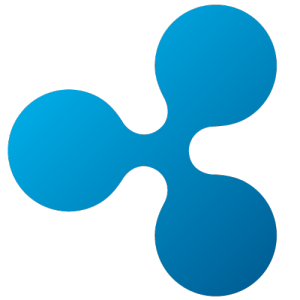
ripple logo
The popularity of Bitcoin’s blockchain stems from its ability to circumvent banks and allow users to engage in peer to peer transactions without authority; creating an enormous array of applications for Bitcoin gambling and dark net markets, as well as limitless “white hat” models. This ideology is more powerful than ever today, but the introduction of Ripple in 2013 has demonstrated that banks themselves can be revolutionized by overhauling their systems to use blockchain-based payments.
Ripple is unlike most other cryptocurrencies, in that it operates on a private or “consortium” blockchain, whereby the nodes (transaction verifiers) are controlled by trusted financial institutions that have been vetted to join the network — on the contrary, anyone in the world is free to join and use the Bitcoin network. The Ripple tokens (XRP) power international transactions on the network, whether that’s fiat to fiat, crypto to crypto or a mix of the two — with currency exchange conversions happening on the fly. Ripple allows banks to reduce global (and domestic) payment times from days and weeks down to seconds, with layers of transparency that are unprecedented in the traditional banking sector.
Despite being a private blockchain, anyone in the world is able to purchase XRP, and with a fixed supply of 100bn, scarcity may play an important role in the future price of XRP. This scarcity has also been compounded by the founding team of Ripple agreeing to verifiably “lock up” well over half of that total supply — adding some predictability to the XRP price. This lock up time is possibly planned for an extension, which — combined with the listing of XRP on major exchanges like Bitstamp, and Ripple’s partnership with Japan’s largest bank — has led to a meteoric rise in the value of XRP from $0.01 to $0.18 in a matter of weeks. Over the past several months, it has become apparent that large financial institutions are leaning towards consortium based blockchains as opposed to the public ones offered by Bitcoin — although Ethereum may buck that trend as discussed below.
Ethereum — EEA and Development Roadmap
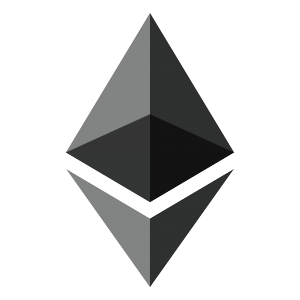
Ethereum Logo
Ethereum was the first blockchain to successfully convince investors that altcoins had a viable place in what was largely considered a Bitcoin-only ecosystem. Popular due to its built-in smart contract protocol, Ethereum is able to run computations that can transact value without middlemen. As a result, the project has led to the formation of the Enterprise Ethereum Alliance (EEA) which connects dozens of businesses and academics who are rapidly researching and developing smart contract technology.
While a number of the projects being worked on are private forks of Ethereum — such as JP Morgan’s Quorum protocol — the interoperability with the main Ethereum chain, as well as the lessons being learned (and shared among EEA members and the open source community), is having profound effects on Ethereum as a whole. The EEA is just one offshoot of Ethereum that has attracted enormous investment, however, there are other developments which have led to a recent upsurge in the price of Ether, from $10 to roughly $90 at the time of writing.
Ethereum Name Service
In May 2017, the Ethereum Foundation (EF) launched the Ethereum Name Service (ENS). This protocol is analogous to the separate Domain Name Service (DNS), which ties domain names to i.p. addresses — making them more readable to human users. In a similar way, the ENS will tie long and unreadable smart contract or personal wallet addresses to a memorable “name” such as mywallet.eth. These names are currently at auction, and there has so far been $7m worth of bids, with the exchange.eth receiving a massive $600,000 bid. Note that this is a proxy bid, meaning the winner would only ever pay a trivial amount more than the next highest bidder.
Reducing Miner Reward
A poll taking place on carbonvote.com has indicated that an overwhelming 99.73% are in agreement with a move to reduce the miner reward from 5 ETH per block to 2 ETH (with blocks continuing to be mined at roughly 15-second intervals). The motivation behind such a change is to reduce uncertainty about the future total ETH token supply, helping to drop ETH inflation from 13% to a figure that is more in line with Bitcoin’s 4% inflation.
Proof of Stake
Proof of Stake (PoS) is an alternative consensus protocol to the Proof of Work (PoW) mechanism that was made famous by Bitcoin’s blockchain. In order to secure a blockchain, miners must be rewarded by processing valid transactions and ignoring invalid transactions. In a PoW system, a miner must expend enormous amounts of energy (with a significant cost in doing so) to process a “block” of transactions and to earn their reward. PoW protocols are enormously inefficient, with huge energy requirements that are not in line with modern day environmental considerations.
Proof of Stake serves as an alternative consensus protocol that achieves similar levels of security but requires “miners” (called validators) to stake value in the form of cryptocurrency — expending little to no energy at all. If the validator tries to game the system for their own advantage, they lose all of their stated value. Validators that act honestly are rewarded by receiving what is analogous to interest payments. Ethereum plans to move from their PoW structure to a PoS one, and this move is pegged for the end of 2017/start of 2018. Such a change in protocol would lock enormous amounts of Ether in taking contracts, removing said Ether from the ecosystem and reducing circulating supply.
Bitcoin — Segregated Witness and the Litecoin test bed
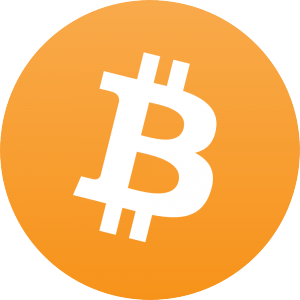
bitcoin logo
Bitcoin has been unswayed by the incredible rise in altcoin market caps over the past 6 months and remains one of the best performing cryptocurrencies in the market. Having matured beyond the “pump and dump” phase, the currency has now established itself as the gateway to the world of crypto. Bitcoin is, in its current form, the ultimate store of value and medium for exchange when dealing with other currencies. All of this is despite major concerns over the currency’s ability to scale. Transaction fees have increased several times, and the mempool (unconfirmed transactions) has seen enormous growth — leading to delays of several hours or even days.
Thankfully, Bitcoin’s little cousin — Litecoin — has played a vital role in abating fear amongst Bitcoin investors. Litecoin, whose market cap is a fraction of Bitcoin’s, has acted as a test bed for introducing Segregated Witness (SegWit) — a code change to help mitigate some of the scaling problems mentioned above. Litecoin’s activation of SegWit has given developers, users and miners renewed confidence in what this code change can do for Bitcoin, providing a “light at the end of the tunnel” on a 3-year long debate.
Where do cryptocurrencies go from here?
Many early adopters have hailed blockchain technology as “the internet 2.0”. In past years, a number of key figures in the industry analogized the current state of blockchain to that of email in the 1990s, suggesting that what we see today is a fraction of what can be achieved with the protocol in the years ahead. That analogy, which was (and still is) heavily criticized by skeptics, is now becoming too obvious to ignore. Rather than blockchains competing with one another, we are seeing interoperability take hold, and growth is practically ubiquitous amongst all major cryptocurrencies. Smart contract technology is destined to have an enormous impact on a broad range of markets in the years to come, and the impact that blockchain-based banking will have on global economics is undeniable.
It is likely that cryptocurrencies will continue to grow at an unprecedented rate until, in the same analogous way to the Internet, we experience a gigantic bubble. At what point the bubble bursts is an unknown, however — sticking with the analogy — it wasn’t until the Internet reached a value well into the trillions that the market crashed. Compare this figure with that of the blockchain market which is worth no more than $100bn and it seems that we may still be some way off. Despite what seems like an inevitable bubble, the very long-term outlook for blockchain users, investors and developers could not be brighter.
Chuck Reynolds
Contributor
Please click either Link to Learn more about Bitcoin.
Alan Zibluk Markethive Founding Member
